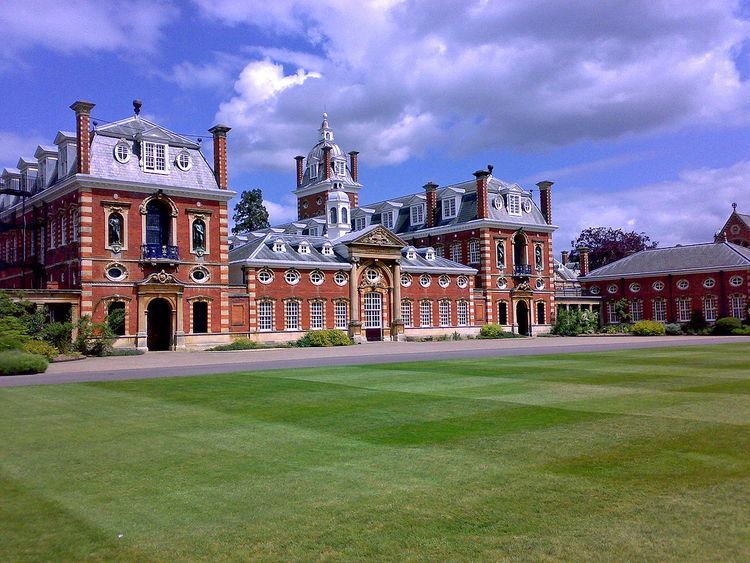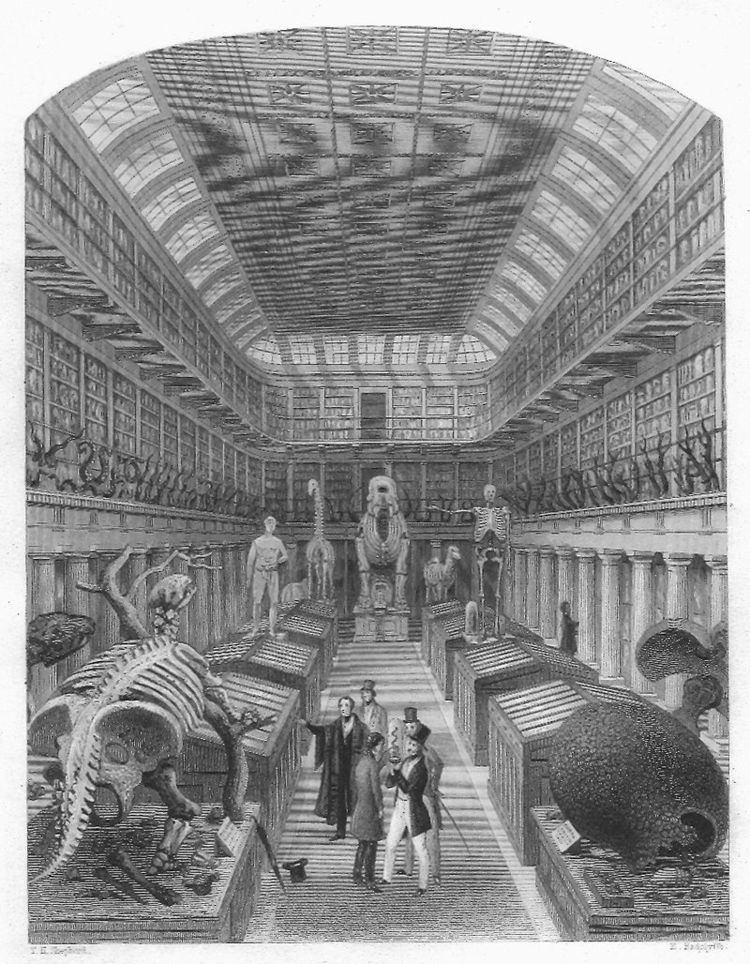Name Stanley Flower Allegiance United Kingdom Rank Major | Died February 3, 1946 | |
 | ||
Major Stanley Smyth Flower FLS FZS (1 August 1871 – 3 February 1946) was an English army officer, science advisor, administrator, zoologist and conservationist.
Contents
- Early years
- Scientific career
- First World War and aftermath
- Later years
- Family
- Selected publications
- References

Early years

Second son of Sir William Henry Flower FRS and his wife Georgiana Rosetta, daughter of Admiral William Henry Smyth FRS, he was born on 1 August 1871 in the Hunterian Museum at the Royal College of Surgeons of which his father was then Curator,
and was baptised in St Cross Church, Oxford on 3 September 1871. Among his first cousins were Sir Archibald Dennis Flower, head of the family brewery, the soldier Nevill Smyth VC, and Robert Baden-Powell, founder of the Boy Scout movement. Taking an early interest in natural history, from the age of eleven he regularly went to meetings of the Zoological Society of London with his father. After attending Wellington College, Berkshire, he studied at King's College London and joined the Artists' Rifles.
In 1890 he obtained a regular commission in the Northumberland Fusiliers. With his regiment he went to India and the Straits Settlements, where he studied the fauna.
Scientific career
In 1896 the government of Siam was looking for a scientific advisor to manage the collections in the Royal Museum and he was awarded the post.
Given leave by the British Army, he married his fiancée and the two set off for Bangkok. While there, they were able to make several trips in Siam and the Malay Peninsula to study the vertebrate fauna. A snake he identified there has been named after him. In 1898 the government of Egypt under Lord Cromer wanted to appoint a Director of the Zoological Gardens at Giza and he gained the post, which he held until his retirement.
In 1913 Field-Marshal Lord Kitchener sent him to India to report on the collections of wild animals held in captivity there. In a letter from Egypt that year, Rudyard Kipling wrote that Flower was 'one of the most interesting men I have ever met'. While in Egypt, he organized the Zoological Museum in a building in Giza Zoo, started the Fish Garden with aquarium on Gezira Island, and was appointed Ranger of Central Africa.
As well as establishing and enforcing game laws in Egypt and Sudan, he was active both in identification of unknown species and conservation of known species at risk. To him is ascribed the preservation of the egret, threatened with extinction for its plumes, that was protected by law in Egypt from 1912.
First World War and aftermath
Recalled to the British Army on 5 November 1914, his knowledge of Egypt and its animals was used to set up and run the Egyptian Camel Transport Corps, a logistical unit which carried much of the supplies needed by the British Empire forces fighting the Ottoman Empire in the Sinai and Palestine Campaign.
Once the Turks were beaten at the end of 1918, the Egyptians rose against British rule in the Egyptian Revolution of 1919. Acting as Inspector of the Interior and as Political Officer, he maintained order in Giza and for his role in this conflict was appointed an OBE.
Later years
In April 1924, his health impaired, he resigned his post and with his wife returned to England to settle near Tring, where he could pursue his studies at the Walter Rothschild Zoological Museum. During his retirement, he visited many zoos around the world and wrote many papers on mammals, birds, reptiles, fishes and amphibians of Egypt as well as on animal longevity. He was vice-president of the Zoological Society of London from 1927 to 1929 and chair of the British Ornithologists' Club from 1930 to 1933.
Family
On 30 September 1896 at Worplesdon in Surrey he married Sibylla Maria Peckham Wallace, known as Sybil (1876 – 1938), the elder daughter of Charles William Napier Wallace (1849 – 1910), a grandson of General Peter Margetson Wallace, and his first wife Frances Henrietta Peckham (1847 – 1893), a granddaughter of Bishop Robert James Carr. They had two sons and two daughters. After the death of his first wife, on 4 May 1939 he married Charlotte Dorothea Rose Stewart (1889 - 1981). He died at Tring on 3 February 1946, being buried in the town cemetery, and his will was proved at Oxford on 6 June 1946.
